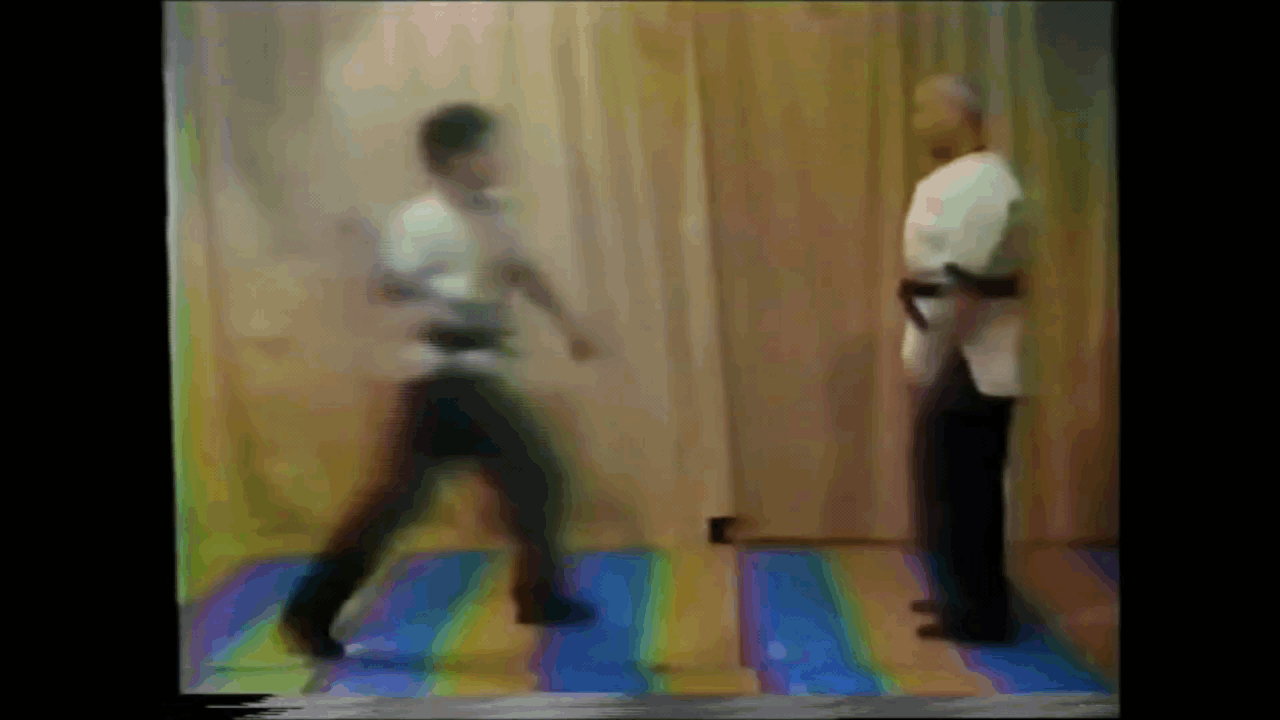isshinryuronin
Senior Master
You are talking about the Taiji system 13 postures.
- Peng (ward-off)
- Lu (roll-back)
- Chi (press)
- An (push)
- Tsai (pull-down)
- Lieh (split)
- Chou (elbow strike)
- Kao (shoulder strike)
- Chin (advance)
- Tui (retreat)
- Ku (look left)
- Pan (look right)
- Ting (center)
Thanks for the clarification. The last five were termed the "5 steps" in my source. Those, plus the 8 principles = 13, as you noted. How is this relevant to an Okinawan stylist? One of the oldest, and widespread, kata is "Seisan" (of Chinese origin, though much changed as it made the rounds across Okinawa) which is said to refer to the number 13. One theory has it that a root form of Seisan kata embodied these 13 elements, and thus the name. An interesting story.


